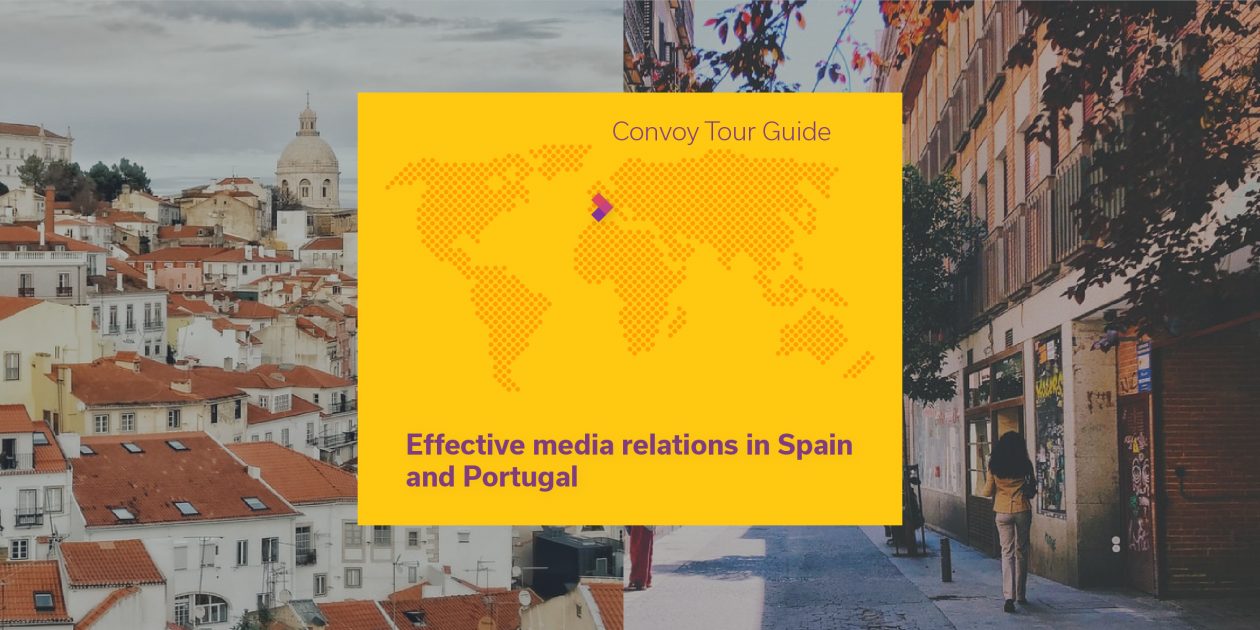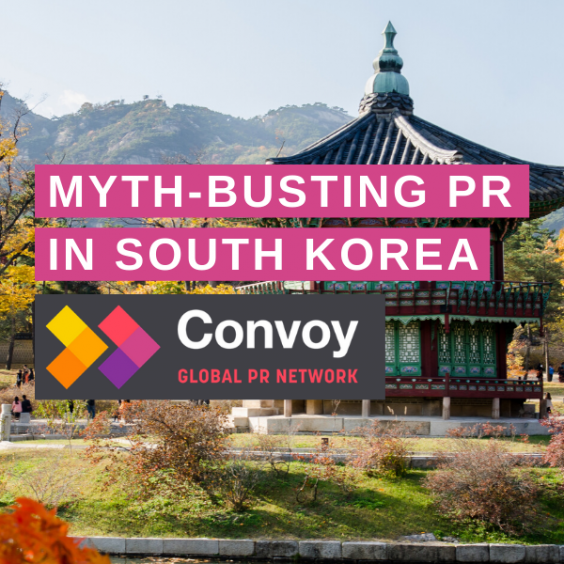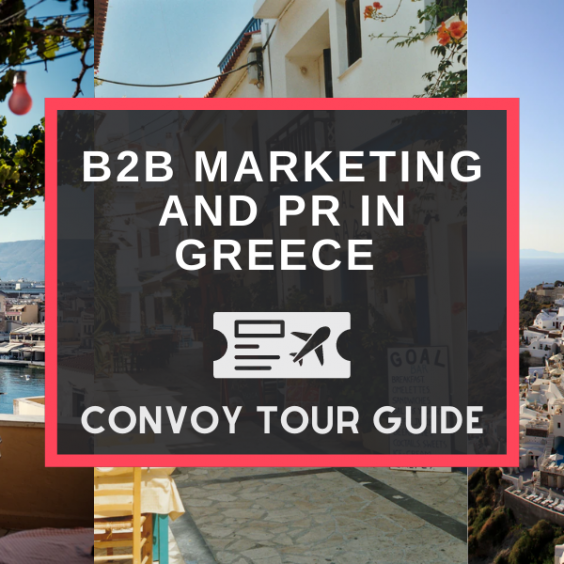The team at Canela PR – part of our global PR network Convoy – explain what goes into fostering successful media relations in Spain and Portugal.
The tech landscape in Spain and Portugal is thriving. 70 of the top 100 companies in the Forbes Global 2000 now operate in Spain, and recent homegrown Spanish successes include quick-commerce start-up Glovo and ride hailing app Cabify. Meanwhile, Pipedrive, Guesty, Salsify, Fiverr and BJSS are just some of the global tech start-ups that have recently opened offices in Portugal.
So, what does it take for b2b tech companies to build successful media relations in Spain and Portugal? Before anything else, they must disabuse themselves of the notion that the two countries are homogenous. They are not. In fact, the purpose of this blog is as much to highlight the differences between these Iberian neighbours, as to illustrate their similarities.
With this in mind, let’s dive in.
The art of pitching journalists…
Portuguese journalists prefer to receive pitches by email. For the best chance of success, send yours early in the morning – ideally before the start of the working day. By contrast, although pitching by email is ubiquitous in Spain, Spanish journalists also use Twitter to spot stories and chat to tech experts. Portuguese journalists are slightly less active on social media and are more often found on LinkedIn.
In Spain and Portugal, as in many other countries, don’t expect your last-minute pitches to get much traction! In Portugal, almost half (42%) of journalists plan their stories between a week and a month in advance.
…and perfecting press releases
In both countries, Tuesday, Wednesday and Thursday mornings are the best times to send press releases. Interestingly, though most global PRs are sending out fewer press releases these days, they’re still the most trusted source of Portuguese journalists, with a 36% trust rate. However, don’t bother using newswires in Portugal – you won’t get any return on your investment.
To boost the chance of your press release being successful in Spain, make sure to back up any claims with data. By leading with data, you’re much more likely to catch the eye of a Spanish journalist – they tend to love statistics.
Localisation is important
There are many variations in grammar, accent and vocabulary between European and Latin American Spanish and Portuguese. Though a Portuguese person and a Brazilian can understand each other perfectly, local journalists will immediately know if content has not been localised for their geography – making them more likely to disregard it.
Most Portuguese journalists are perfectly happy to work with an English-speaking spokesperson. This willingness can be attributed to the fact that Portugal has the seventh highest level of English language proficiency in the world. Spain, on the other hand, comes 34th in the same ranking, with only a quarter of adults reporting that they speak English. As such, offering journalists a Spanish-speaking spokesperson can prove helpful.
Traditional vs new media
Like most countries, the rise of the Internet has radically changed the media landscape of both Spain and Portugal. Many traditional media outlets are finding their budgets and resources squeezed. In a recent survey, 22% of Portuguese journalists identified staffing and resources as their greatest challenge in the past year.
Meanwhile, the use digitally native media channels continues to skyrocket. An estimated 54% of Spaniards interact with these channels at least once per week. Despite this, traditional media still carries significant benefits in terms of establishing trust and building brand authority. And, particularly in Spain, vertical media is alive and well. There are still over 600 sector specialised magazines in operation.
Given the rapidly changing media landscape, it’s a good idea for b2b tech brands to develop both a digital marketing and branded content strategy to complement their traditional PR activities. An advantage of placing branded content in publications is that it often leads to more organic coverage further down the line. Journalists are much more likely to look kindly upon your press release if you’ve previously done business with their publication!
Need help building effective media relations in Spain and Portugal? Get in touch with our global b2b tech PR and marketing experts at hello@rlyl.com – or visit our contact page.
Did you enjoy this blog? If so, why not also check out “Seven reasons why you should be doing business in Portugal” and “Seven things to remember when doing PR in Spain”.




